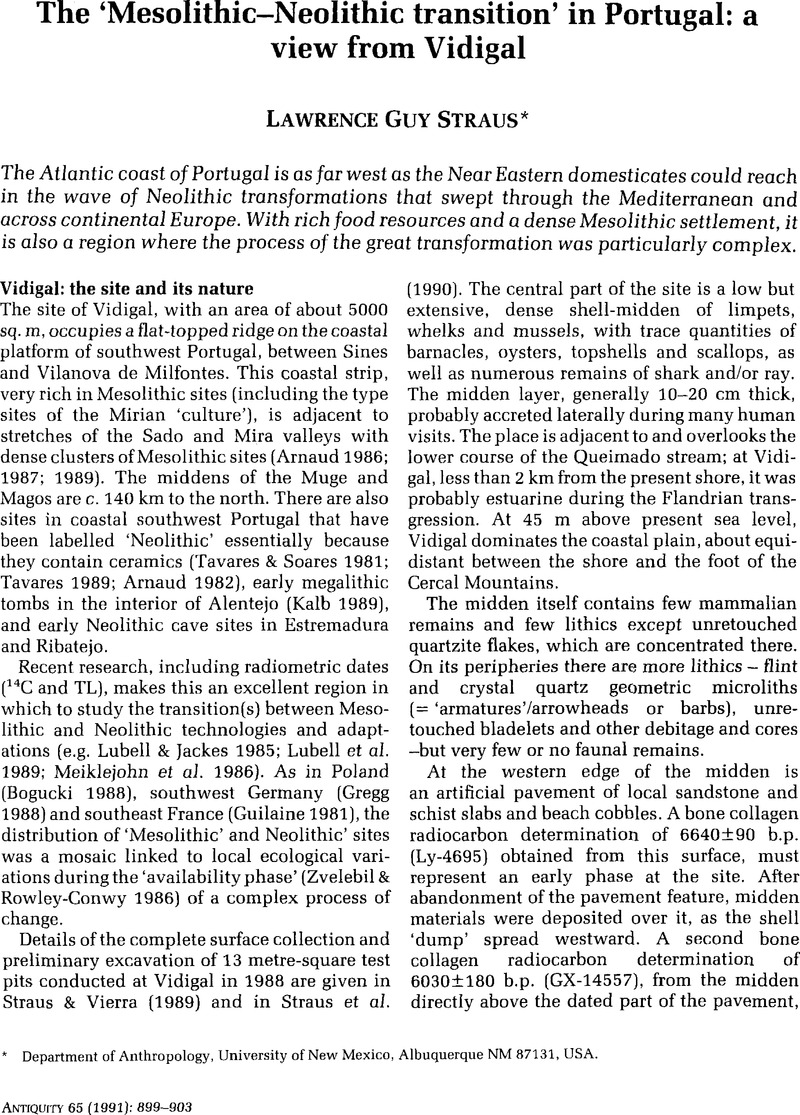Crossref Citations
This article has been cited by the following publications. This list is generated based on data provided by Crossref.
Jackes, Mary
Lubell, David
and
Meiklejohn, Christopher
1997.
Healthy but mortal: human biology and the first farmers of western Europe.
Antiquity,
Vol. 71,
Issue. 273,
p.
639.
Lillios, Katina T.
2019.
The Archaeology of the Iberian Peninsula.





